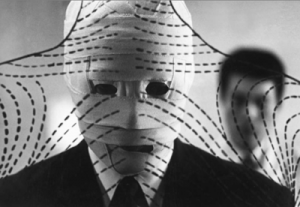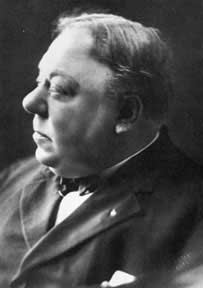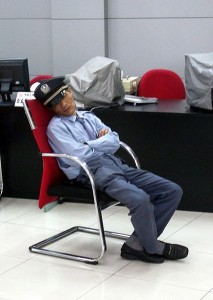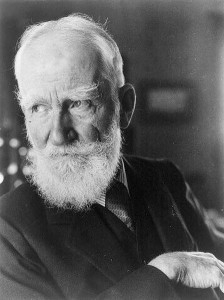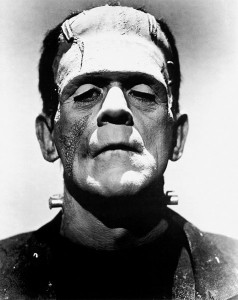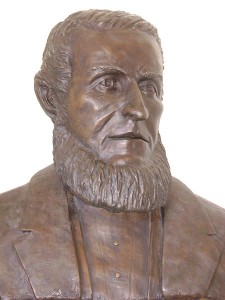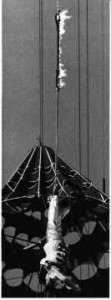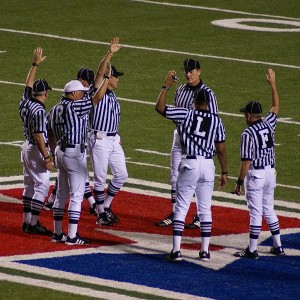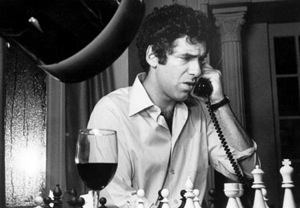Adorable cuddly Chinchilla up for adoption (free). (Fairfield CT)
It is with great sadness that I write this add today. My wife Elizabeth and I have owned a male Chinchilla (Pablo) for almost 6 years now. He is great, we love him but unfortunately we are looking to have him adopted as we are running out of room quickly in our townhouse. We have a son that is 2.5 years old and a baby girl on the way due in September. As of now my son has his own room and Pablo is situated in our spare bedroom; also know affectionately as “Pablo’s room”. Once our little girl arrives there will no longer be a spare bedroom; we are moving my son into his “big boy room” which is currently Pablo’s/the spare bedroom and converting his current room into a nursery for our baby girl.
I thought we would have moved into a larger home by now, but with the horrible economy and me losing my job about a year ago we have not been able to do so. So, for both economic reasons and for living space/constraints (we are literally running out of room) we are considering trying to find Pablo a new home. However, we are nervous…..we feel very guilty/sad and we don’t want to just give him away to anyone. We also feel bad that we have not been able to give Pablo as much attention then we used to with our son taking up a lot our attention and now our newest addition on the way. We want him to have a good home, more space and someone/somewhere where he will get love and attention as well.
More Craigslist ads:
- Heal my bedbug bites, I will cook for you.
- Looking for adults to beat the shit out of each other.
- Lawyer for barter.
- Pay us $25,000 to put you in an action movie.
- Selling Basquiat paintbrushes.
- Marky Ramone autographed Pokémon card.
- Madonna couch, unstained.
- Mid evil sword for sale.
- Purchased 1500 ladybugs while wasted.
- Angry dad selling kid’s Xbox.
- Will trade Kohen position for lentils.
- Custom vampire fangs.
- Bullet-proof vest that’s not bullet-proof.
- Talking flasher doll shows you his junk.
- Vintage Arby’s sign.
- Nathan’s Hot Dog party.
- Autograph collection: Hamid Karzai, Fidel Castro, Jay Leno.
- Romanian Gypsy writes ??????????
- You tattoo me and I hypnotize you.
- Stop stealing our barbecue and stuff.
- Selling ex-wife’s panties.
- Pay us money and we’ll do absolutely anything.
- Celebrity couch–owned by singer!
- 100% Italian person looking for dentist.
- Ambulance for sale.
- Talking gorilla in spacesuit for $10.
- People with monster costumes needed for photo shoot.
- Man selling turtle tank will make your life miserable.
- Stolen puggle exchanged for heroin.
- Guy with tooth decay needs dentist who isn’t a dick.
- Stupidass kitchen cart for sale.
- Playboy looking for wingwoman.
- Jay Leno costume for sale.


